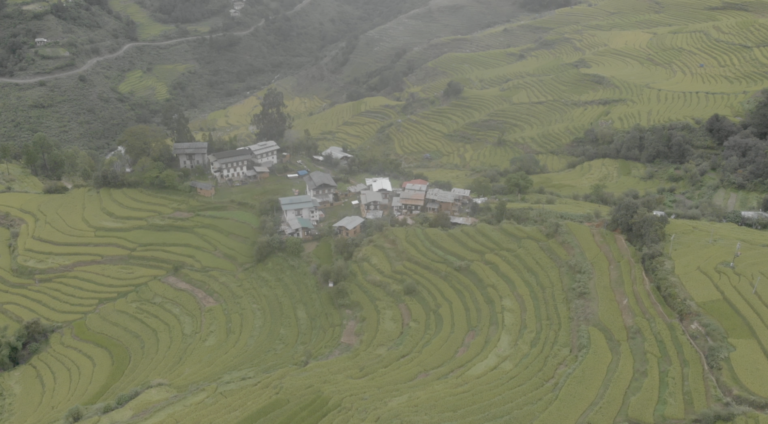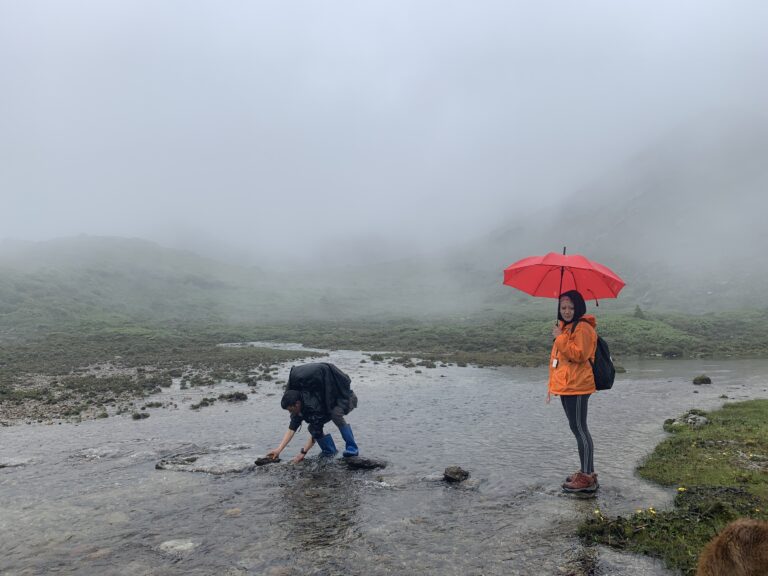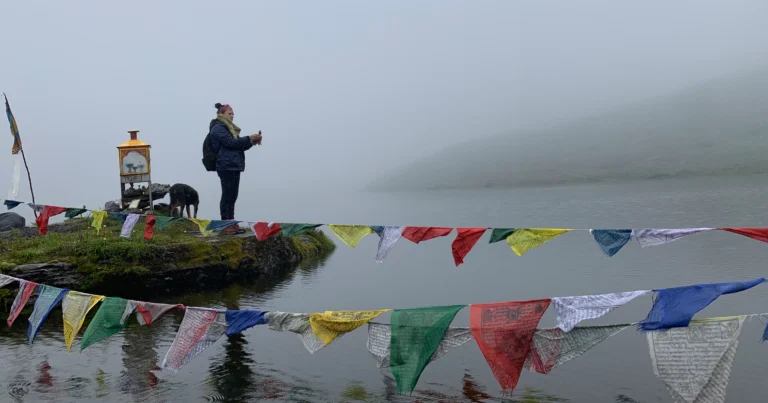River Rafting in Punakha
We have sparkling mountain streams and torrential rivers meandering through the valleys, yet, I’m tickled to the bone as to how many of us really would have had even just one river rafting experience? I bet not many of us actually would have experienced any water sport of any kind, let alone opting for wilderness adventures in the form of river rafting and kayaking. Unfortunately, many Bhutanese perceive these water adventure sports as something for tourists.
Water adventure was introduced in the mid-90s. As a result, six major rivers (Wang Chhu, Sunkosh, Puna Tsang Chhu, MangdeChhu, KuriChhu, and Dangme Chhu and their tributaries) have been scouted earmarked for kayaking and rafting in Bhutan.
According to the Tourism Council of Bhutan, the best time for river rafting and kayaking is from March to April and November to December. I, however, decided to get adventurous and raft during the peak monsoon season (June) to experience the rapid currents of the swollen river and additional thrills. One can either opt for Pho Chhu or Mo Chhu River rafting in Punakha based on adventure-seekers expertise. In Bhutan, most rivers used for rafting or kayaking are classified as class III and class IV rapids.
First River Rafting Experience
Along with a group of close friends, I decided to venture into the Mochhu river rapids with the Druk Rafting Service Company. Interestingly, none of us had ever experienced the thrills of river rafting ever before!
When we reached the base point at the suspension bridge to the iconic Khamsum Yuelley Namgyal Chorten, all the crew members enthusiastically greeted us. They quickly and efficiently dressed us up with safety gear like helmets and life jackets, etc.
As soon as we boarded the rafting boat, the guide expertly briefed us about the code of conduct of rafting and other safety precautionary measures. So if you are a first-timer (like us!) on a raft, you don’t have to panic because once you have the safety gears on and with experts on board, the rest will be a piece of cake!
Once you’re on board, you slowly pick up the art of paddling along with your team members. Rafting can be an excellent avenue for a team-building exercise.
The guide led the squad, and now and then, he would shout orders like “Paddle… Rest… Back..” and we regimentally echoed the demands like a pack of merry recruits, which slowly built up our energy and adrenaline rush. The first rapid was exhilarating, especially maneuvering the whirlpools, riding over the white water foams, and shouting on top of our voices.
However, the second rapids further downstream turned more thrilling and adventurous due to stronger river currents and more whirlpools. Finally, however, I was told that white river rafting on the Pho Chhu could be more adventurous with hair-raising rapids due to the river currents’ more turbulent nature and more whirlpools caused by rocky outcrops in the river beds.
Usually, in the fall or winter, the river gets smaller, calmer, and crystal clear, but it swells to double its size during the monsoon, turning brownish and more turbulent due to continuous rainfall.
As one paddle downstream, one can capture all the sights and sounds of the spectacular Punakha valley buzzing with activity, like the familiar sights of farmers tilling their farmlands or grazing their cattle on pasture lands or even coming across various bird species alongside the river banks or soaring above you!
In the mid-way, we stopped by a riverside to swim. If you are a swimmer, I bet you will relish the idea of going for a quick swim in the sparkling pool. Also, a chilled can of beer goes a long way to calm your tingling nerves and possibly create greater enjoyment of your rafting experience.
The last base point of your rafting experience will be Zomlingthang ground among pine trees which, at one point in time, served as the community pastureland of the locals. From there, the glorious Punakha Dzong is located just a few kilometres downstream.
Apparently, rafting was allowed further downstream past Punakha Dzong, but rafting and kayaking were not allowed beyond the Dzong premises due to objections from the authorities and the monk body.
The staff of Druk Rafting Service waited for us with hot tea and snacks at the Zomlingthang camping area. If you need to take a shower or use a restroom, the campsite has toilets and washrooms. In the evening, they had a bonfire going, and a sumptuous dinner followed.
The following morning, we woke up to a hot coffee.



